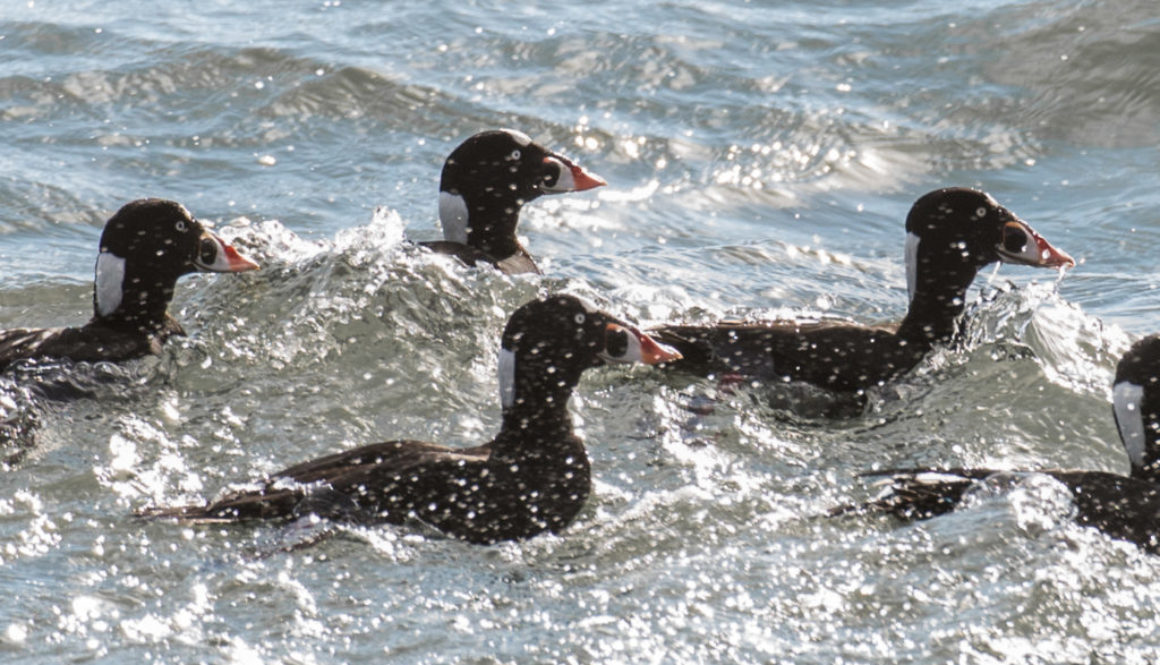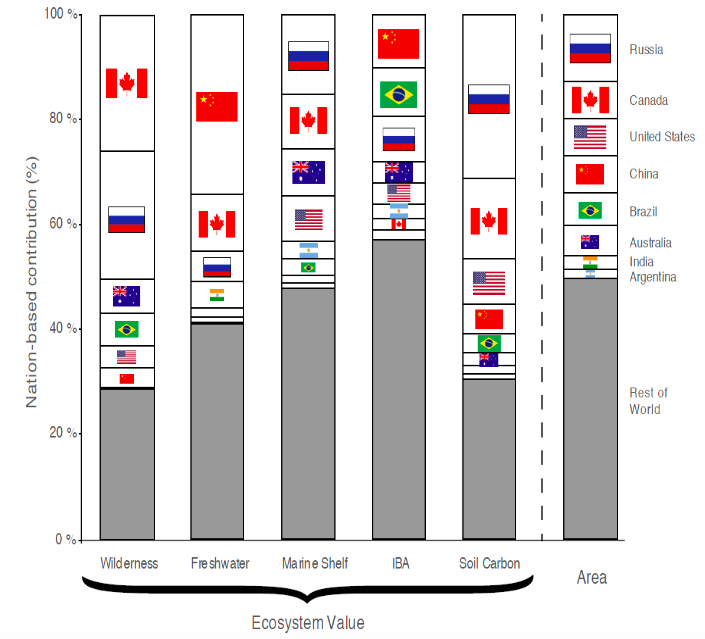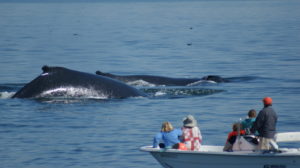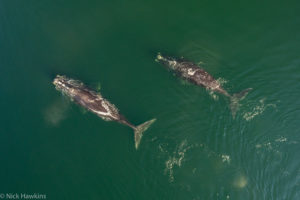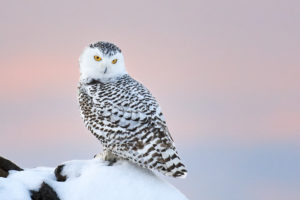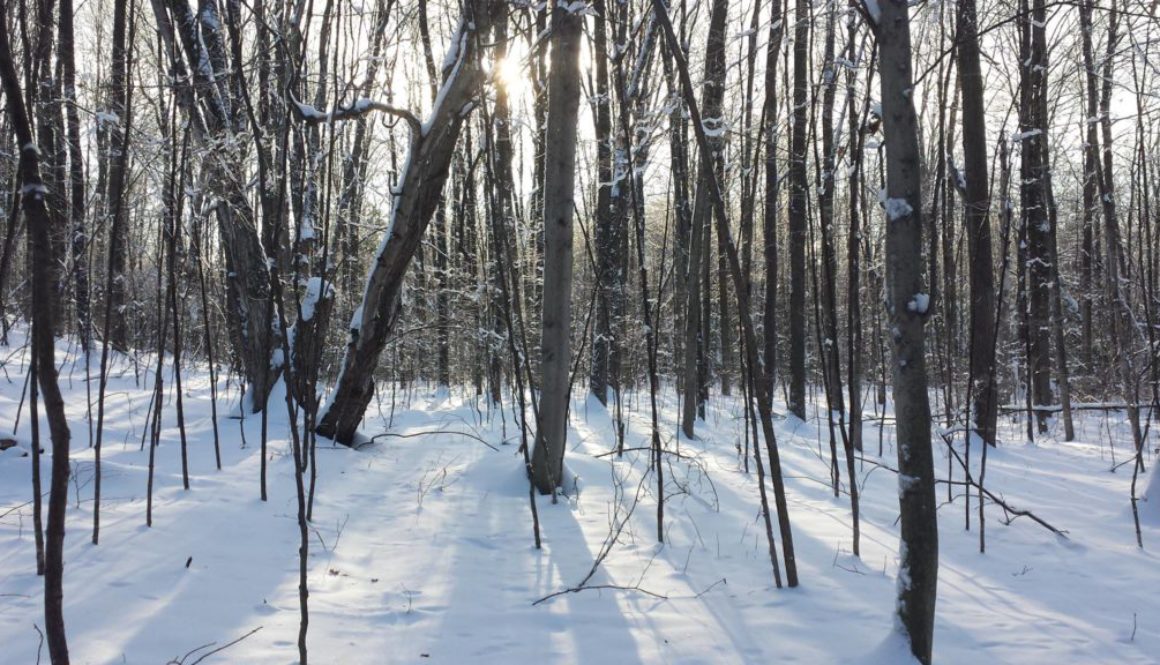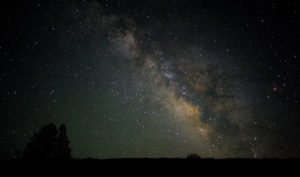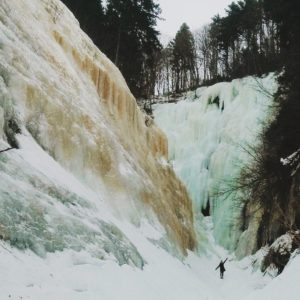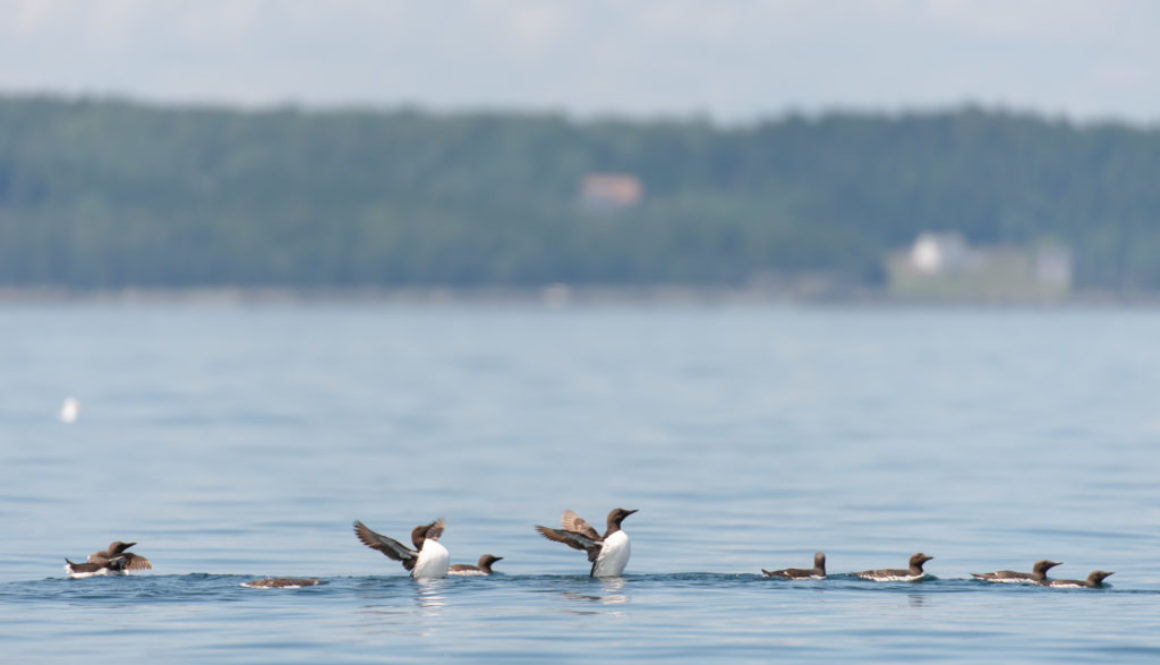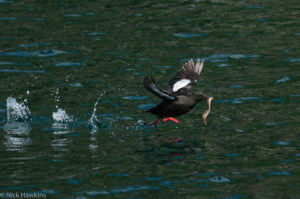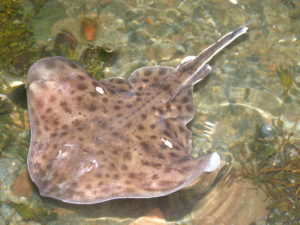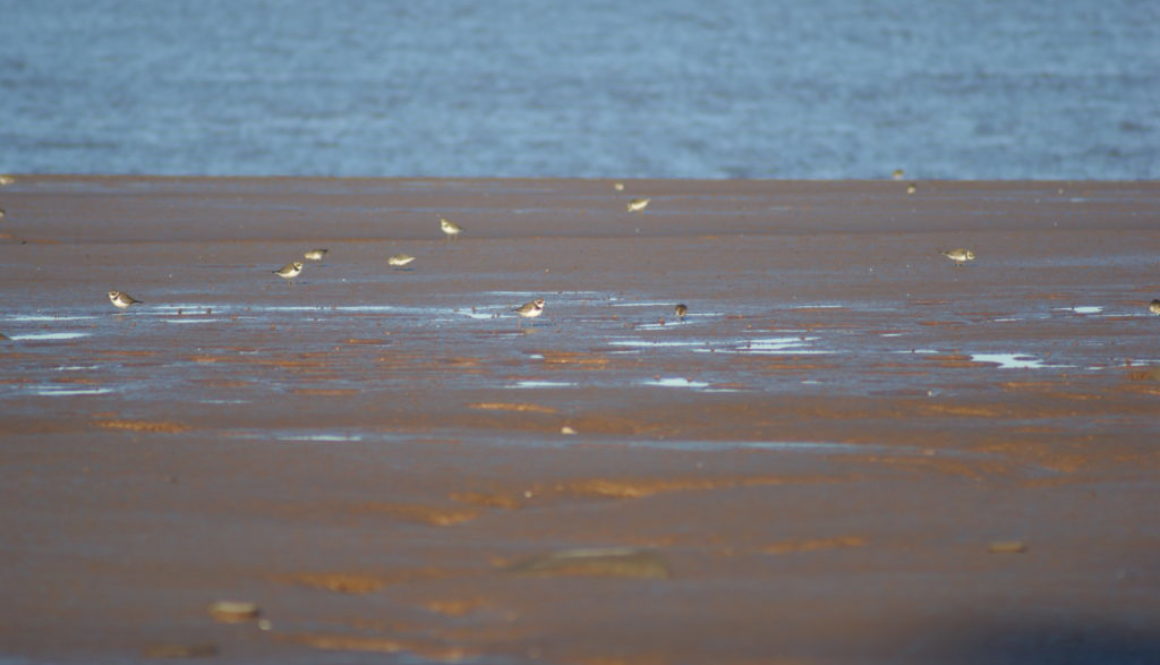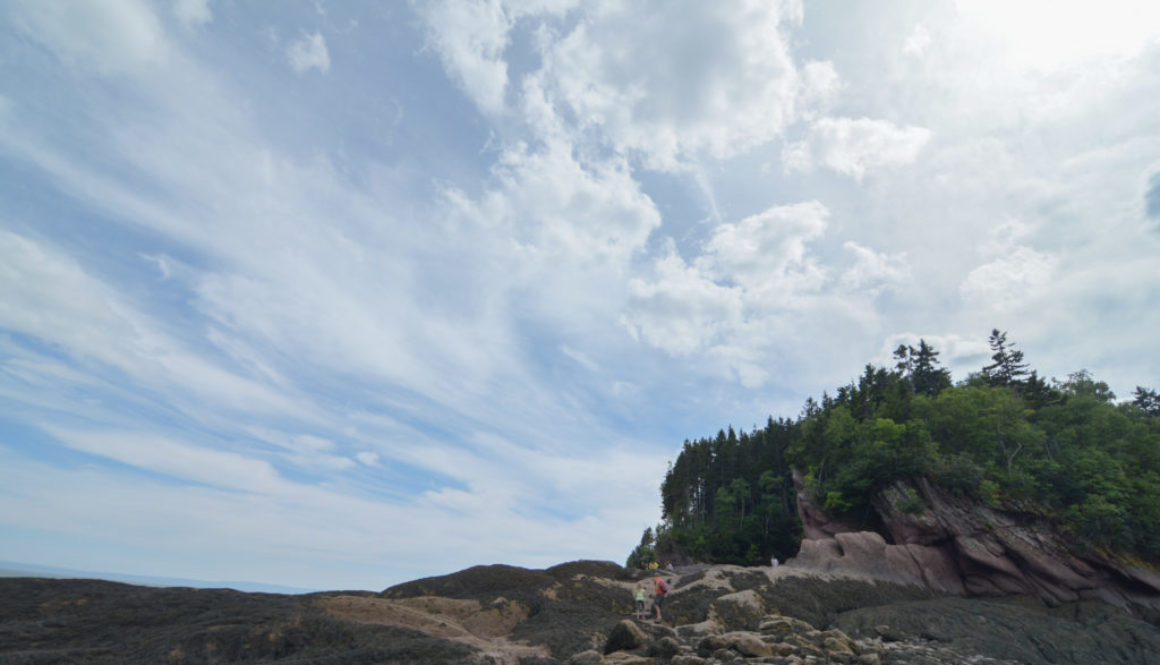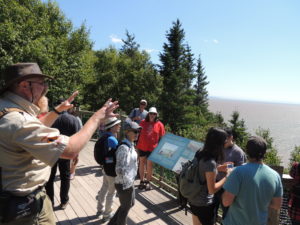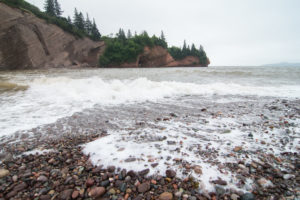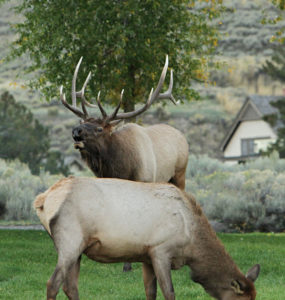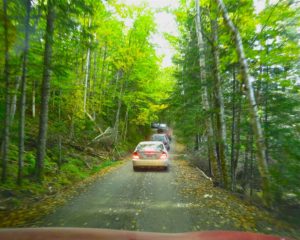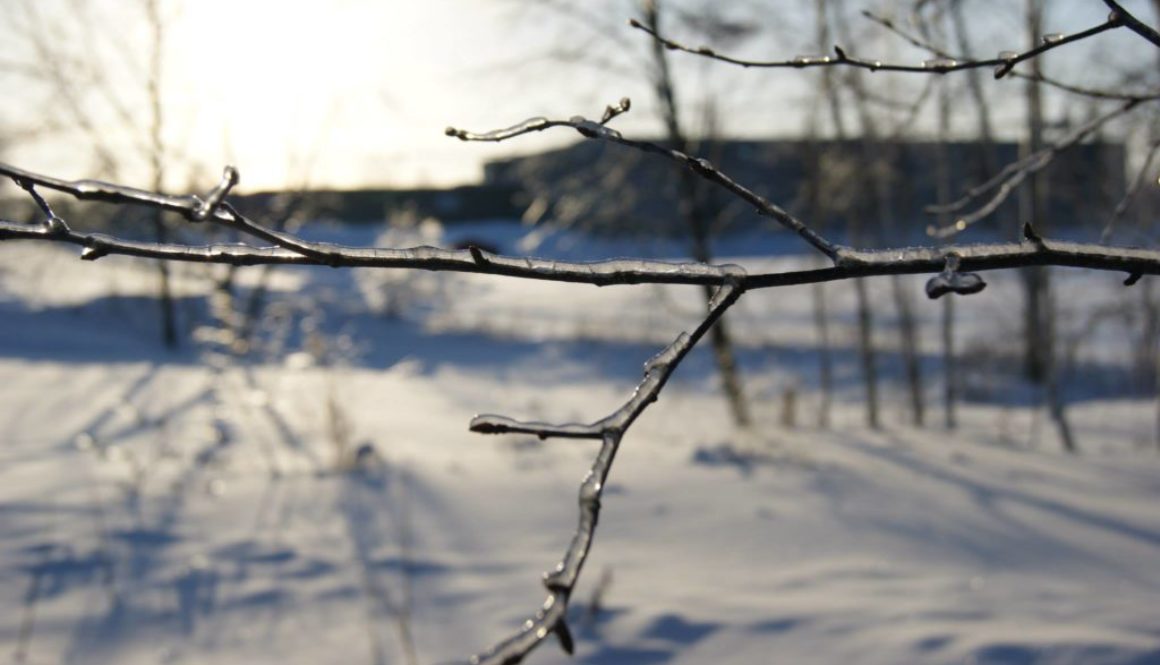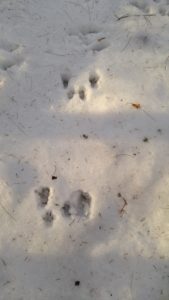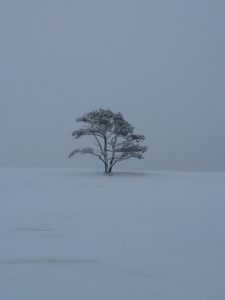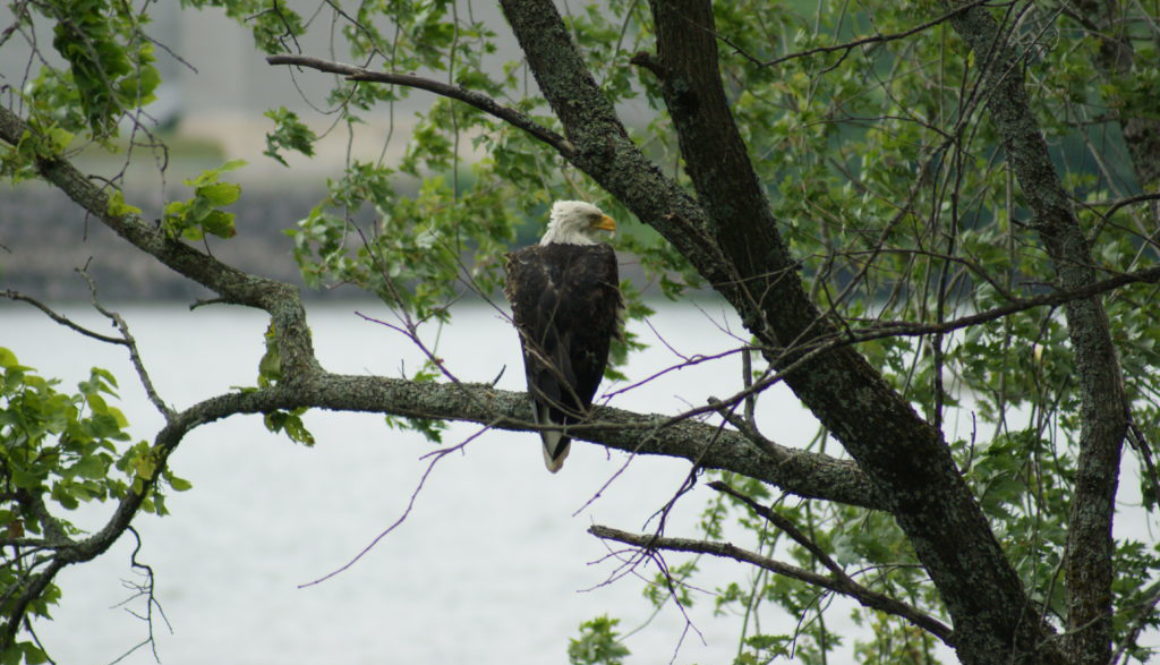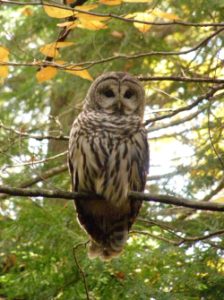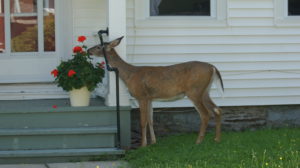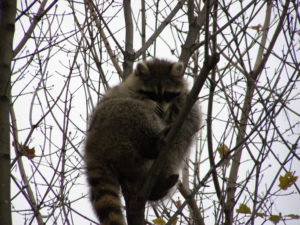Have you gotten your dose of vitamin N?

Getting outside and immersing ourselves in the local flora and fauna can help to relieve us of our ailments, both physical and mental, as we take in vitamin N – N for Nature. Scientists have invested lots of research hours in understanding the links between nature and our health. Experiencing a green space, either in a wilderness area or the urban nature of our cities, can reduce the risk of type II diabetes, cardiovascular disease, high blood pressure, and stress while boosting the immune system and improving our overall happiness and well-being [1]. As our understanding of these benefits grows, doctors are now even prescribing exposure to nature as a way to ward off some symptoms of illness!
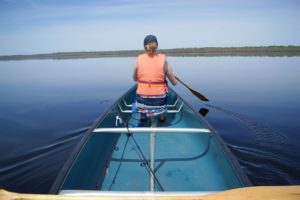
Ecotherapy, also called nature therapy or green therapy, might be just what the doctor orders to reset, refocus, and recharge. When you try ecotherapy, you might be meditating in a wilderness setting, getting some exercise in the great outdoors, working a garden, or working on a conservation project, like restoring marshes or installing bird boxes. Ecotherapy can have lots of benefits for physical and mental health, in addition to improving the sense of routine, gaining and sharing knowledge and skills, and providing opportunities to socialize in safe communities [2]. An unintended outcome of ecotherapy is that it might help to create more environmental stewards by increasing public exposure to nature. As nature heals us, we might become more invested in protecting our wilderness as we have a deeper appreciation for the wild world around us [3]. Experiences in nature are important as we navigate an increasingly busy world, and they might be most important for youth.
In his famous novel Last Child in the Woods, author Richard Louv describes “nature deficit disorder” and explains how today’s youth are not getting enough vitamin N. Playing outside can help kids to be physically fit as they engage in active play – throwing, running, skipping, jumping, while improving their sensory skills as they analyze their surroundings, their learning abilities and creativity, their social awareness, and their attention span [4]. As the snow melts and the weather warms, make a commitment to playing outside, getting messy in nature, and breathing the fresh spring air.
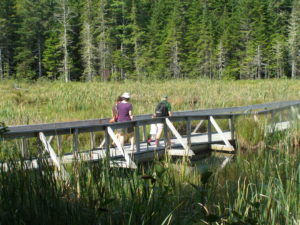
There are so many benefits of nature for folks of all ages, and all you have to do to experience these benefits is get outside! If you can, visit a wild forest, riverbed, or coast outside of the city. A walk in the wilderness can reduce anxiety and negative feelings, like guilt, anger, fear, or a struggling self-image, even more than a similar walk would in the city and, better yet, the effects last longer [5]. Now that we are starting to thaw from a long winter, a long hike might be just what you need to shake the last of the winter blues. If you think you might be Vitamin N deficient, make a plan to visit a park near you this weekend!
References:
[1] Twohig-Bennett, C. & Jones, A. (2018). The health benefits of the great outdoors: a systematic review and meta-analysis of greenspace exposure and outcomes. Environmental Research, 166, 628-637.
[2] Wilson, N., Fleming, S., Jones, R., Lafferty, K., Cathrine, K., Seaman, P., & Knifton, L. (2010). Green shoots of recovery: the impact of a mental health ecotherapy programme. Mental Health Review Journal, 6, 4-14.
[3] Burls, A. (2007). People and green spaces: promoting public health and mental well-being through ecotherapy. Journal of Public Mental Health, 6, 24-39.
[4] Lund, D. (2018). Top 5 benefits of children playing outside. Sanford Health News. Accessed March 25, 2019 from https://news.sanfordhealth.org/childrens/play-outside/
[5] Bratman, G.N., Daily, G.C., Levy, B.J., & Gross, J.J. (2015). The benefits of nature experience: improved affect and cognition. Landscape and Urban Planning, 138, 41-50.
Julie Reimer is a PhD student at the Memorial University of Newfoundland and a Board Member of CPAWS-NB. Having worked in the whale watching industry in New Brunswick and conducted her Masters research on conservation planning for the North Atlantic right whale, Julie is an advocate for MPAs in New Brunswick. Julie’s current research attempts to see the “bigger picture” of conservation, reaching beyond protected areas to understand the synergies between conservation actions and ocean industries. To connect with Julie, visit http://juliereimer.wixsite.com/hello.


